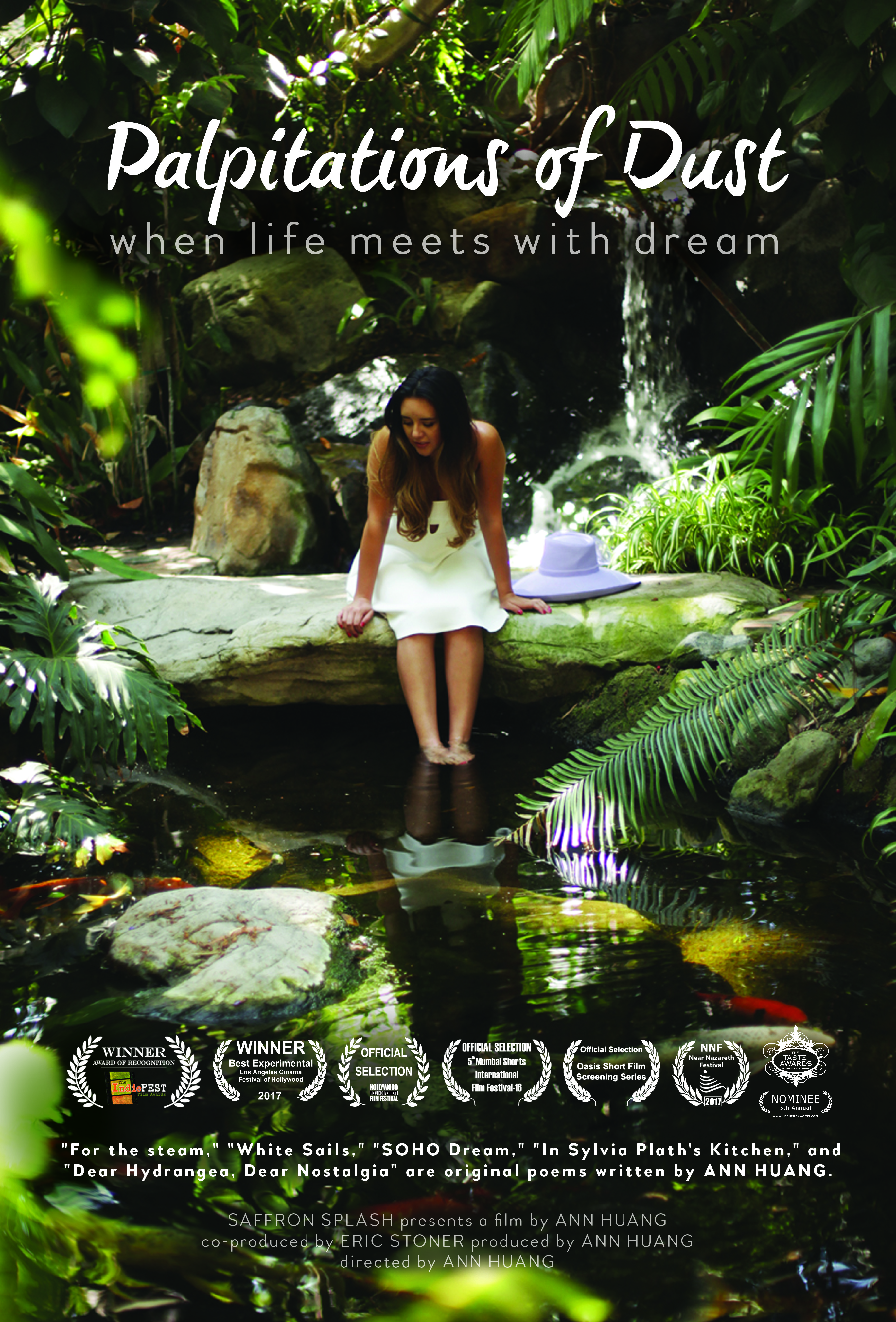 As an art form, poetry doesn’t have hard and fast rules. While there are elements that make up certain types of poems, such as rhyme and meter, there is no “wrong” way to write poetry. The same, however, is not necessarily true for poetry translations. Translations can be a beautiful way to share a poet’s works with the world. Without them, people around the globe would not have been exposed to the masterful works of William Shakespeare, Federico García Lorca, Rumi and many others. The problem with translations, however, is that they become the translator’s work, a work based on the original poet’s ideas. To prevent misrepresenting an original poem’s spirit, there are guidelines that translators follow to keep their words as intimately related to the work in question.
As an art form, poetry doesn’t have hard and fast rules. While there are elements that make up certain types of poems, such as rhyme and meter, there is no “wrong” way to write poetry. The same, however, is not necessarily true for poetry translations. Translations can be a beautiful way to share a poet’s works with the world. Without them, people around the globe would not have been exposed to the masterful works of William Shakespeare, Federico García Lorca, Rumi and many others. The problem with translations, however, is that they become the translator’s work, a work based on the original poet’s ideas. To prevent misrepresenting an original poem’s spirit, there are guidelines that translators follow to keep their words as intimately related to the work in question.
Guidelines for Translating Poetry
Be fluent in the languages with which you work.
If you Google Translate to have a conversation with an individual who speaks a different language than you, you’ll quickly find that phrases don’t always translate well. Sayings that make perfect sense in U.S. English could be nonsensical in other languages, and vice versa. Having intimate knowledge of the poet’s language and the target language will bring you a step closer to staying true to the original text.
Understand the poet’s culture and history.
Having a rudimentary understanding of a language is not enough. You must also be familiar with a poet’s culture and life in his or her point in history. An understanding of a poet’s culture allows you to recognize when a direct translation of a phrase will not work well. A translator who understands the Latvian language and culture, for instance, will see the phrase, “Ej bekot,” and know that a poet doesn’t necessarily mean, “Go pick mushrooms,” which is the literal translation. He or she will know that this phrase means, “Leave me alone,” or “Go away.”
In addition to understanding colloquialisms, a translator should be aware of the respective language’s evolution. An individual translating Shakespeare into another language, for example, should know that phrases like, “Well met,” and, “Good morrow,” as seen in Henry V, are greetings that people during the poet’s era often said.
Stay as true to the original poem as closely as possible.
When translating a poem, you must stay as close to the original meaning as possible in a manner that mimics its original essence and structure. Doing this not only requires a deep understanding of the respective languages, but also the poem itself. For instance, an individual who doesn’t know that Walt Whitman’s “O Captain! My Captain!” is about Abraham Lincoln’s death will not capture the work’s true meaning in a translation.
Staying close and true to the poem also means feeling and reflecting a poem’s rhythm, pauses, beats, grammatical structure and swirls. If a poet intentionally used words to give a work a specific meter or sound, or places stress on key words, a good translation will replicate these characteristics.
Translating a poem is far from a simple process. It’s often messy and requires deconstruction, erasing, rewriting and starting over. It is this process, however, that brings the gift of literature to others, making your efforts worthwhile and invaluable.
Below are some examples of Ann Huang’s translated poems from Classical Chinese to English. They were published on the National Translation Month website in September 2016.
Ann Huang is a marketing manager based in Newport Beach, California. She grew up in China, moved to Mexico when she was a teen, and is an MFA candidate from the Vermont College of Fine Arts. Huang has authored two poetry collections. Her poem, “Night Lullaby,” was a Ruth Stone Poetry Prize finalist. She is at work translating Tang dynasty poet Li Shang-Yin 李商隐.
Poem 1
Untitled
When we meet,
we don’t want to leave each other,
The east wind can’t help
blowing the petals, can’t
bring them back.
Silk worms stop giving
silk till he dies, and my
tears won’t dry until
the candle light fades out.
I look at the mirror and see
my dark hair grow gray,
I drink at night alongside frail
moonlight.
Once you climb onto the mountain roads
to the monastery,
there will be few ways out.
Perhaps there will
only be blue birds that
expect you to come back.
Poem 2
Untitled (2)
At eight you found yourself gazing
into the mirror discreetly, and drew
your long eyebrows.
At ten you journeyed out, and
adorned your skirt shorts
with hibiscus.
At twelve you learned to
play the flute, and never lost
your affection.
At fourteen, you hid from ancient
customs and distant relatives,
avoided arranged marriages.
At fifteen you wept in the spring air,
turned your back facing down
just like a swinger.
Poem 3
Untitled (3)
Last night’s stars twinkled in the
damp cool winds, from
painted floors like western meadows
held the party in the east.
Without the pair of Phoenix’s wings,
we cannot fly together, our souls
touching, our spirits connected
through a thread of harmony.
Across the table, we diverted and converted
our drinks into warm streams. There,
we unveiled the mystery and discovered the
true hearts in the heated crowd.
Sighing– when the drum struck
to usher me back to work. A horse
ride turned my disillusion to
the orchids, where my empty future stands.























